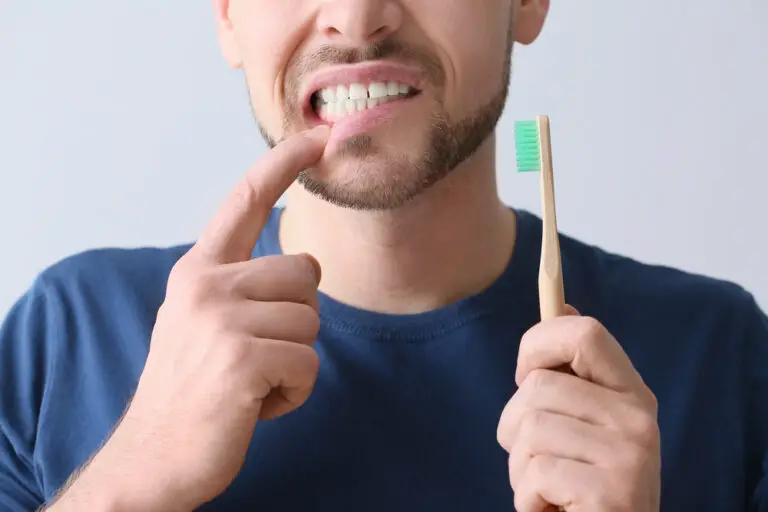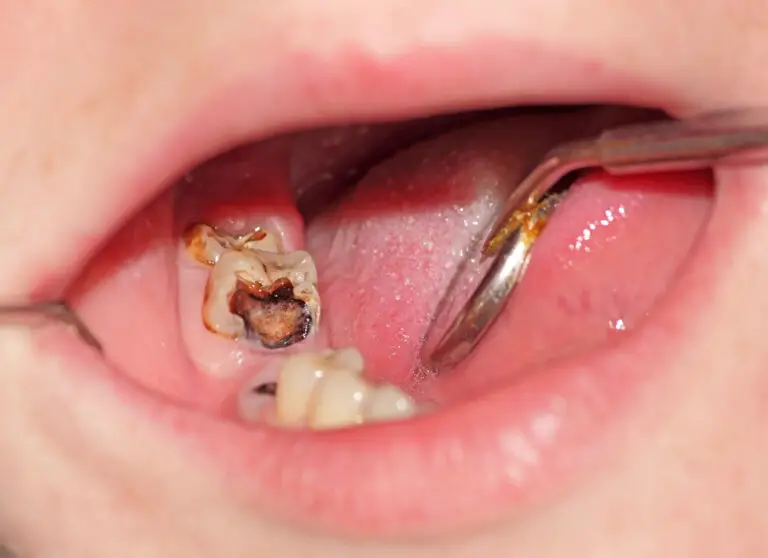Getting a straighter, properly aligned smile more quickly is a priority for most orthodontic patients. While everyone’s treatment time is unique, there are techniques both at home and in the orthodontist’s office that may help teeth shift into position faster. This allows you to complete treatment sooner and start enjoying your new smile.
Tips for faster teeth shifting with braces or aligners
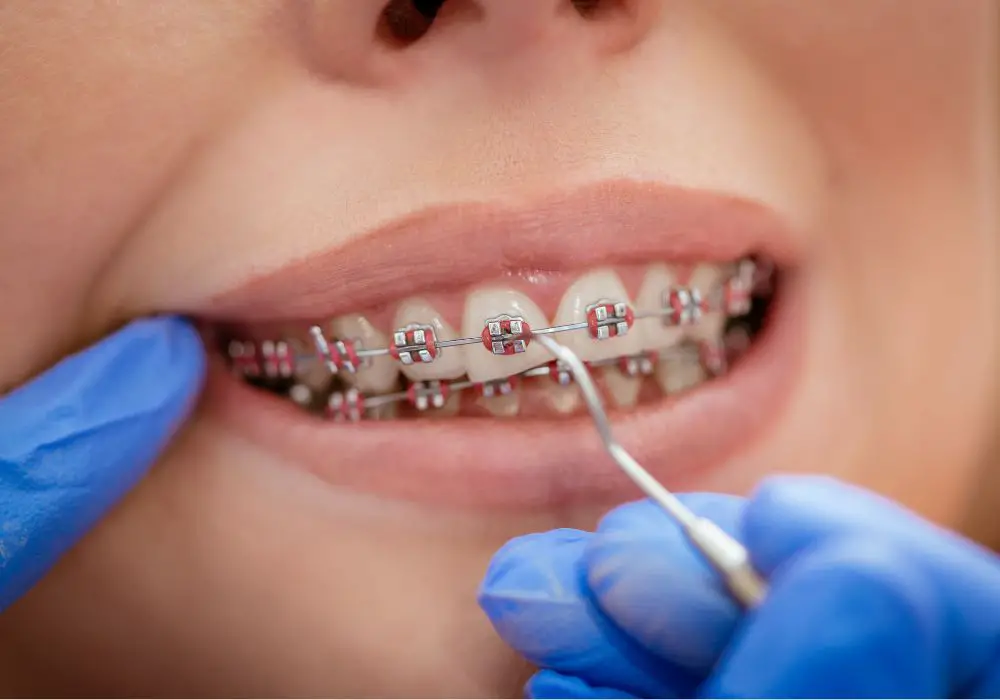
Getting straighter teeth faster is a common goal for those undergoing orthodontic treatment. Whether you’re using traditional metal braces or clear aligners, there are things you can do to help accelerate your teeth shifting progress. With some extra effort on your part, you may be able to cut down your estimated treatment time.
Use rubber bands as directed
If your orthodontist has prescribed elastic bands to help move your teeth, be diligent about wearing the rubber bands as much as possible. The elastic bands apply extra force to help teeth shift into proper alignment. Wear the bands for the recommended amount of time each day. Take them out only for eating, brushing and flossing. Replacing broken rubber bands promptly is also important.
Avoid hard, sticky and crunchy foods
Food choices can have an impact on how quickly you progress through treatment. Hard, crunchy, chewy or sticky foods can damage braces and dislodge aligners. They can also can slow down the teeth moving process. Avoid popcorn, nuts, hard candies, chewing gum, caramel, taffy, raw vegetables, ice cubes and other hard foods. Stick to softer foods that are unlikely to damage orthodontic appliances.
Take over-the-counter pain relievers
It’s normal for your teeth to become mildly sore as they shift positions. Discomfort is especially common after each adjustment appointment. Taking an over-the-counter pain reliever like ibuprofen or acetaminophen helps reduce soreness so you can focus on wearing aligners or rubber bands properly. Use pain medication as directed on the label.
Use dental wax and orthodontic relief products
Braces can sometimes rub inside the mouth, causing irritation. Dental wax helps cushion brackets to make braces more comfortable. There are also gels, rinses and numbing products aimed at relieving orthodontic discomfort. Using these as needed helps make continual braces or aligner wear more tolerable.
Maintain excellent oral hygiene
Keep teeth and gums very clean when wearing braces or Invisalign. Brush after every meal, floss carefully each day, and use antibacterial rinses. Excellent oral hygiene keeps teeth and appliances free of plaque buildup. This helps avoid delays and compromised results. Schedule regular dental cleanings during treatment too.
Don’t miss appointments
Attending every scheduled orthodontic appointment is imperative for staying on track. Adjustments to braces and check-ins on aligner progress are needed at regular intervals. Missed appointments can prolong treatment time. If a visit must be rescheduled, promptly arrange a new appointment.
Be cautious with aligners
With clear aligners, consistency and care are musts. Wear each set of aligners for the prescribed time – usually 1-2 weeks per set. Removing them for prolonged periods can impede progress. Also take care not to lose aligners, and avoid excessive hot temperatures that could warp the plastic. Inform your orthodontist about any aligner issues immediately.
Communicate with your orthodontist
Open communication with your orthodontist allows them to make any needed tweaks for faster teeth movement. Mention if certain teeth feel looser or tighter than others. Reporting irritation spots, uneven shifting or other issues means your orthodontist can adjust wires or prescribe any appropriate intervention.
Be patient!
While the above tips can help accelerate teeth straightening, be aware that there are natural limits to how quickly teeth can shift. Orthodontic treatment aims to move teeth safely and painlessly into proper, stable alignment. Attempting to rush the process too much can be problematic. Work with your orthodontist for the treatment plan that will give you the smile you want in the healthiest way possible.
What to expect from braces versus aligners
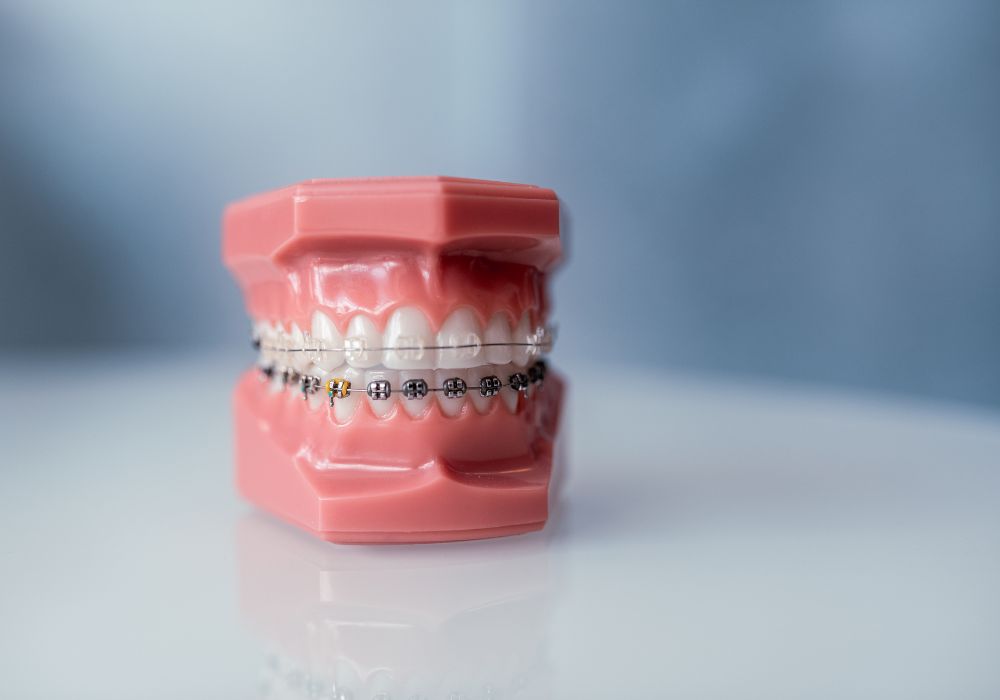
Two of the most popular ways to straighten teeth today are traditional metal braces and clear plastic aligners. Aligners are removable trays that incrementally move teeth over a series of trays worn in succession. Standard fixed braces rely on brackets, wires and bands to move teeth.
Both options gradually shift teeth into better position. But there are some differences in what to expect during treatment:
Braces
- Treatment length averages 1-3 years
- Food restrictions – avoid hard, sticky foods
- Brushing and flossing take longer
- Requires frequent orthodontist adjustments
- Can initially cause irritation and mouth sores
- Clear ceramic braces less visible
- May impede speech initially
- Easier to keep teeth moving on schedule
- Compliance with instructions is flexible
Clear aligners
- Treatment length averages 1-2 years
- Some foods must be avoided
- Easy to brush and floss normally
- Orthodontist visits needed every 6-8 weeks
- May initially cause temporary lisping
- Nearly invisible appearance
- Aligners are removable for eating, brushing
- Progress depends on consistent aligner wear
- Must follow aligner wear schedule precisely
While everyone progresses at their own pace, aligners may show faster initial results. But over the long run, standard braces are generally better for achieving complex tooth movements. Talk to your orthodontist about which option may work best for your situation.
Lifestyle habits that can shorten orthodontic treatment time
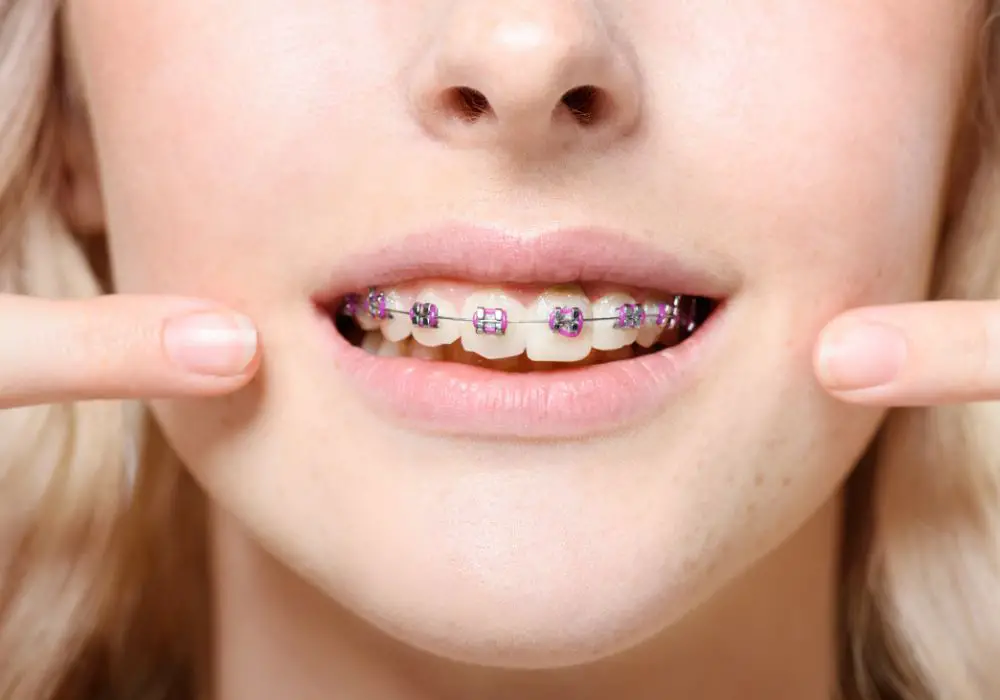
Certain day-to-day lifestyle habits and choices you make can positively influence your pace of orthodontic treatment:
Maintain a healthy diet
- Eat a balanced, nutritious diet
- Consume foods rich in calcium like milk, yogurt, cheese
- Eat crunchy fruits and vegetables at mealtime
- Stay hydrated by drinking water throughout the day
Improve oral hygiene
- Brush teeth carefully after each meal
- Floss thoroughly once per day
- Use antibacterial mouthwash daily
- Avoid sugary snacks and beverages
Adjust eating patterns
- Take small bites of food
- Chew completely on both sides
- Avoid hard, sticky, crunchy or chewy foods
- Cut food into small pieces before eating
Quit smoking and chewing tobacco
- Stop smoking and using tobacco products
- Tobacco can prolong inflammation and healing
Take prescribed medications and supplements
- Take antibiotics or medications as directed
- Use special rinses if advised
- Take supplements if recommended
Attend appointments on schedule
- Arrive on time for each orthodontic appointment
- Reschedule any missed visits promptly
Making positive lifestyle adjustments while in treatment can truly help shift your teeth faster. Work closely with your orthodontist for the best results.
Answering common questions about faster teeth straightening
Switching to a new smile can be an exciting process. Along the way, you may have some common questions about achieving straighter teeth more quickly. Here are answers to a few frequently asked questions:
How much faster is Invisalign compared to braces?
Treatment times are similar, but aligners often show quicker initial alignment as teeth begin moving into position. Overall time depends on the complexity of your case. With good compliance, aligners produce results around 30% faster on average.
Can I get braces off sooner than scheduled?
Your specific situation will determine if you are eligible to get braces off early. Consistently wearing rubber bands or headgear as directed, keeping the braces in excellent condition, and having minimal needed movements are factors that may contribute to earlier braces removal.
What foods can I eat to speed up braces?
While no specific foods speed up treatment, eating a balanced diet with crunchy fruits and vegetables provides some natural pressure against the teeth. Just be sure to avoid very hard or sticky foods that could damage braces.
Can I shift just one tooth quickly without full braces?
Minor tooth movements may be achieved with options like a removable aligner or cosmetic contouring. But Opening space or rotating teeth is difficult without full braces. Be realistic about expectations for moving just one tooth.
Is there anything I can do to fix a slight shift after braces?
Wear your retainers as advised to prevent teeth from shifting. If you notice teeth moving after treatment ends, schedule a retention checkup. Your orthodontist may order new retainers or recommend resuming aligner wear to fix minor tooth movement relapses.
Being well informed helps ensure you have realistic expectations about the teeth straightening process. Work closely with your orthodontist to receive the best advice for your unique orthodontic needs.
Summary
Achieving properly aligned teeth more quickly is a worthy goal during orthodontic treatment. With good communication and compliance, many patients are able to reduce total treatment time. Avoiding foods that can prolong treatment, using medications as needed for pain relief, maintaining excellent oral hygiene, wearing retainers as directed, and attending all appointments helps optimize progress.
While orthodontic procedures aim to move teeth safely, certain techniques can accelerate the process in some cases. Cooperating closely with your orthodontist results in the healthiest smile outcome in the shortest suitable time frame for you. Straight teeth often provide a tremendous boost to self-confidence, so take steps to keep your treatment progressing smoothly.

